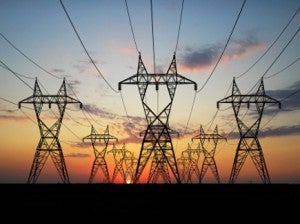 Despite its enormous relevance to the struggle to build a cleaner, greener electric system, New York’s ‘Reforming the Energy Vision’ (REV) proceeding is not fundamentally an environmental one. It is concerned with building a new electric marketplace for a broad range of energy resources, some zero-carbon and some not, which are expected to reduce total costs paid by tomorrow’s customers over the long term compared to what would be expected under a ’business as usual’ scenario.
Despite its enormous relevance to the struggle to build a cleaner, greener electric system, New York’s ‘Reforming the Energy Vision’ (REV) proceeding is not fundamentally an environmental one. It is concerned with building a new electric marketplace for a broad range of energy resources, some zero-carbon and some not, which are expected to reduce total costs paid by tomorrow’s customers over the long term compared to what would be expected under a ’business as usual’ scenario.
My last blog post described the new electric industry market structure envisioned by New York regulators in the recent Track 1 order of the REV proceeding. As promised, this week I’m providing a closer look at the environmental implications of the new order.
While reducing carbon emissions is one of the six stated goals of the proceeding, it is not the sole thrust. Interestingly, the order begins a deep dive on what decarbonization means for the electric system and discusses various environmental issues at length, potentially raising their profile in the proceeding. Highlighting the importance of environmental issues is a welcome change, but, to accomplish the goal of emissions reductions, the devil is in the details. Read More















